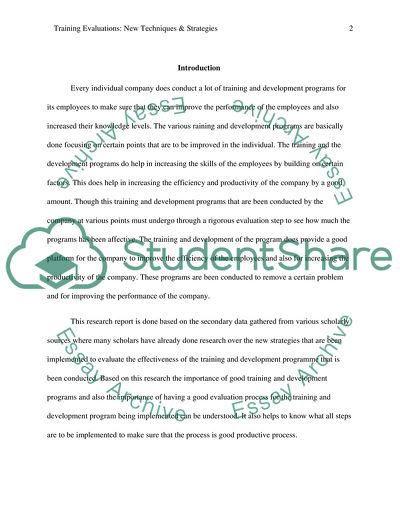Cite this document
(Training and development Research Paper Example | Topics and Well Written Essays - 2250 words, n.d.)
Training and development Research Paper Example | Topics and Well Written Essays - 2250 words. https://studentshare.org/human-resources/1826534-training-and-development
Training and development Research Paper Example | Topics and Well Written Essays - 2250 words. https://studentshare.org/human-resources/1826534-training-and-development
(Training and Development Research Paper Example | Topics and Well Written Essays - 2250 Words)
Training and Development Research Paper Example | Topics and Well Written Essays - 2250 Words. https://studentshare.org/human-resources/1826534-training-and-development.
Training and Development Research Paper Example | Topics and Well Written Essays - 2250 Words. https://studentshare.org/human-resources/1826534-training-and-development.
“Training and Development Research Paper Example | Topics and Well Written Essays - 2250 Words”. https://studentshare.org/human-resources/1826534-training-and-development.


